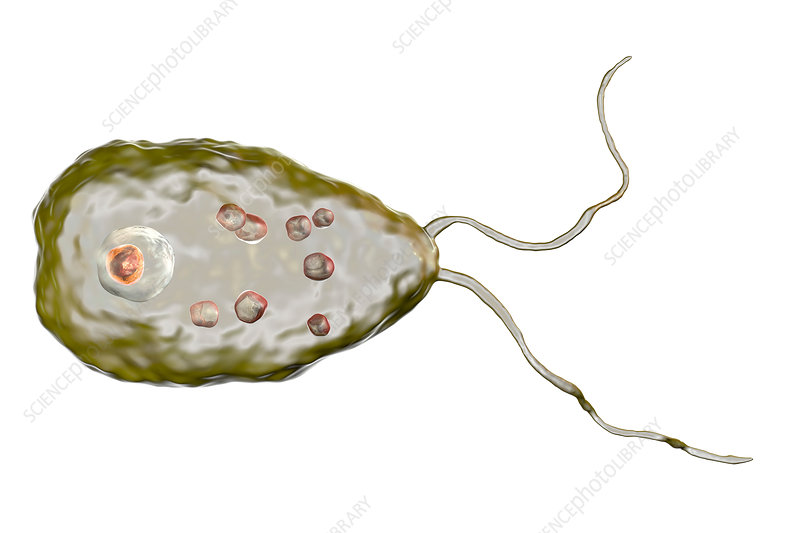Perhaps you’ve just returned from camping in the woods with your family in your quest to pursue the renaissance bohemian lifestyle that you have always revered. To be as natural as possible, your family and yourself fed on fruits, berries, wild game, and drank from the pristinely clean spring around where you pitched your tent.
While it is true that not everyone that wanders is lost and I hope you aren’t, it is also true in our time, that not everyone that wanders is safe. Besides worrying about violence from wild animals and humans, perhaps, it is also time to worry about an invisible but formidable threat to your well-being. The name of this microscopic beast is Naegleria fowleri.
Discovered in 1899, Naegleria fowleri is a pathogen (protozoa) that is known to infect the central nervous system (CNS) and produce primary amoebic meningoencephalitis (Inflammation of the CNS) that could lead to death in three to five days. Despite the advances in 21st-century medicine and antimicrobial pharmacotherapy, the fatality rate if for an individual infected with this pathogen exceeds 95%. That is not a good prognosis for any disease.
Besides contracting this infection by ingesting water from its natural habitat (warm freshwater, springs, and lakes), recreational, religious, and cultural practices like ritual ablutions, and/or purifications, and the use of neti pots for nasal irrigation have all been associated with the transmission of this dreadful infection.
Geographically speaking, N. fowleri has been discovered in all continents of the world except in Antarctica. Up to 310 confirmed cases were reported until 2012 and this incidence may have declined in recent times due to relatively improved knowledge and sanitary measures globally. In the United States of America, the Center for Disease Control (CDC) performs routine surveillance for the parasite and infection. It is not a notifiable disease in the US. Between 1962 and 2015, 138 cases were identified of which 135 were fatal. What worries me is that most of the diagnoses done were in developed countries and were carried out at autopsy and I wonder if there might be some form of underreporting in low- and middle-income countries.
Although according to the CDC, it is not known why some people get infected with the parasite while millions of others exposed to warm recreational fresh waters do not, children and young adults seem to be at more risk of being infected with this parasite. An infection with the parasite is not contagious but can have damaging and life-threatening effects on an infected individual as stated above.
Infection with N.fowleri can be avoided when contact between infected water(or water bodies) and the nasal membrane is ensured. This means using a nose clip when swimming in water bodies that stay warm for most of the year and are poorly maintained. Other steps to take include using a secure source of water for nasal rinsing if you use a neti pot or for your ritual ablutions if you have to perform such rituals because of your religion. Generally, since most people do not get infected with this parasite, there is no need to live in fear of contracting it. However, we can never be too cautious with our health.

